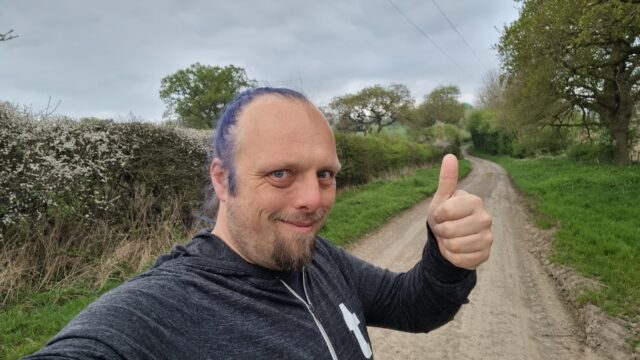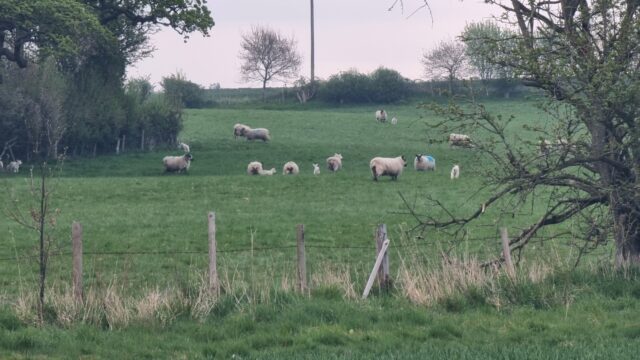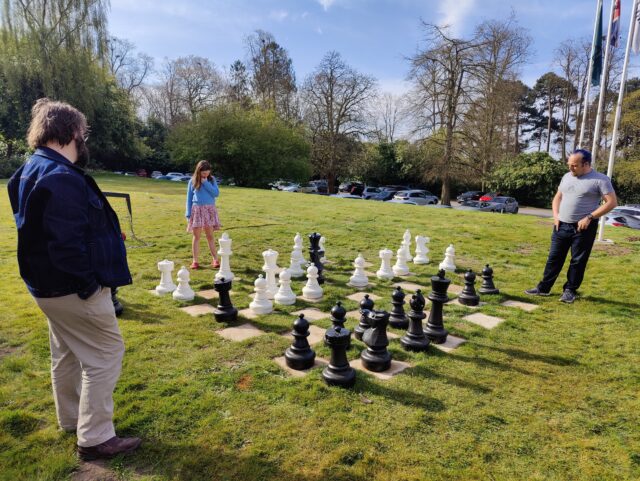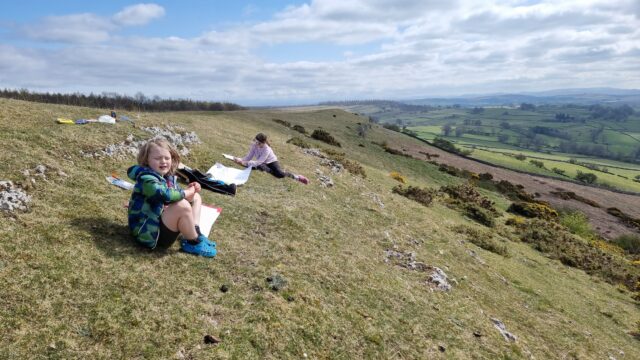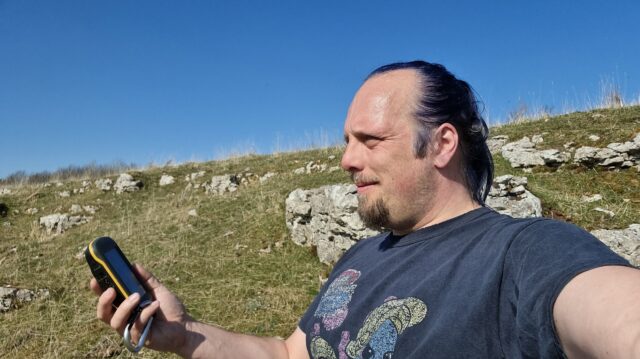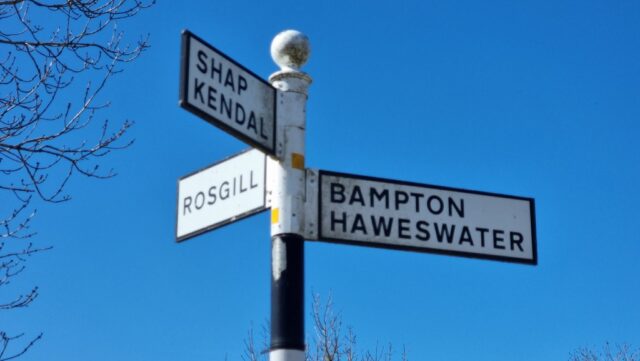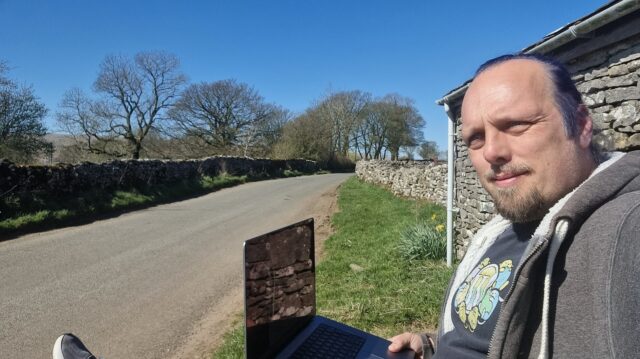This checkin to GC47GDB Kiln Crag - Knipescar reflects a geocaching.com log entry. See more of Dan's cache logs.
A bit of an adventure! Coming directly from the next nearest cache on this pasture I first arrived some way above the GZ. Being a little wary of cliffs since my dad’s
death, I opted to loop around and approach
from below.
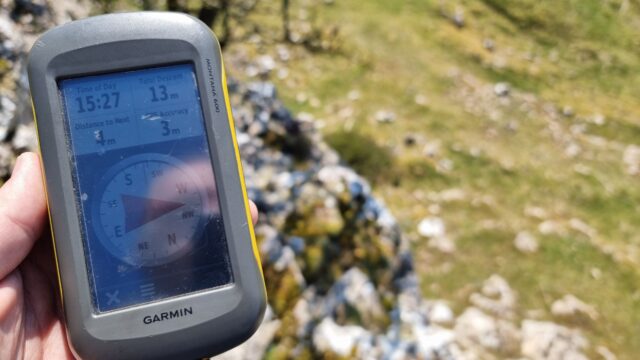
The scramble wasn’t especially hard, but it was unfruitful. Several attempts at the hint location, climbing and reaching, revealed nothing at all.
I decided to descend, find a spot of soft grass, and take a break, perhaps to look at the recent logs in case they revealed a clue: something I’d missed. And there, in the spot I chose
for my rest… I found the cache! It must have been dislodged, perhaps over the winter rains, and fallen from its hiding place. The container is cracked (though it might have been
already, based on the logs) and the logbook has clearly been wet and re-dried, but free cache was intact enough to sign the log.

I returned the container to what I suspect must have been its correct home, based on the hint. Hopefully it’ll stay nestled safely there until the next cacher comes this way!
TFTC!

